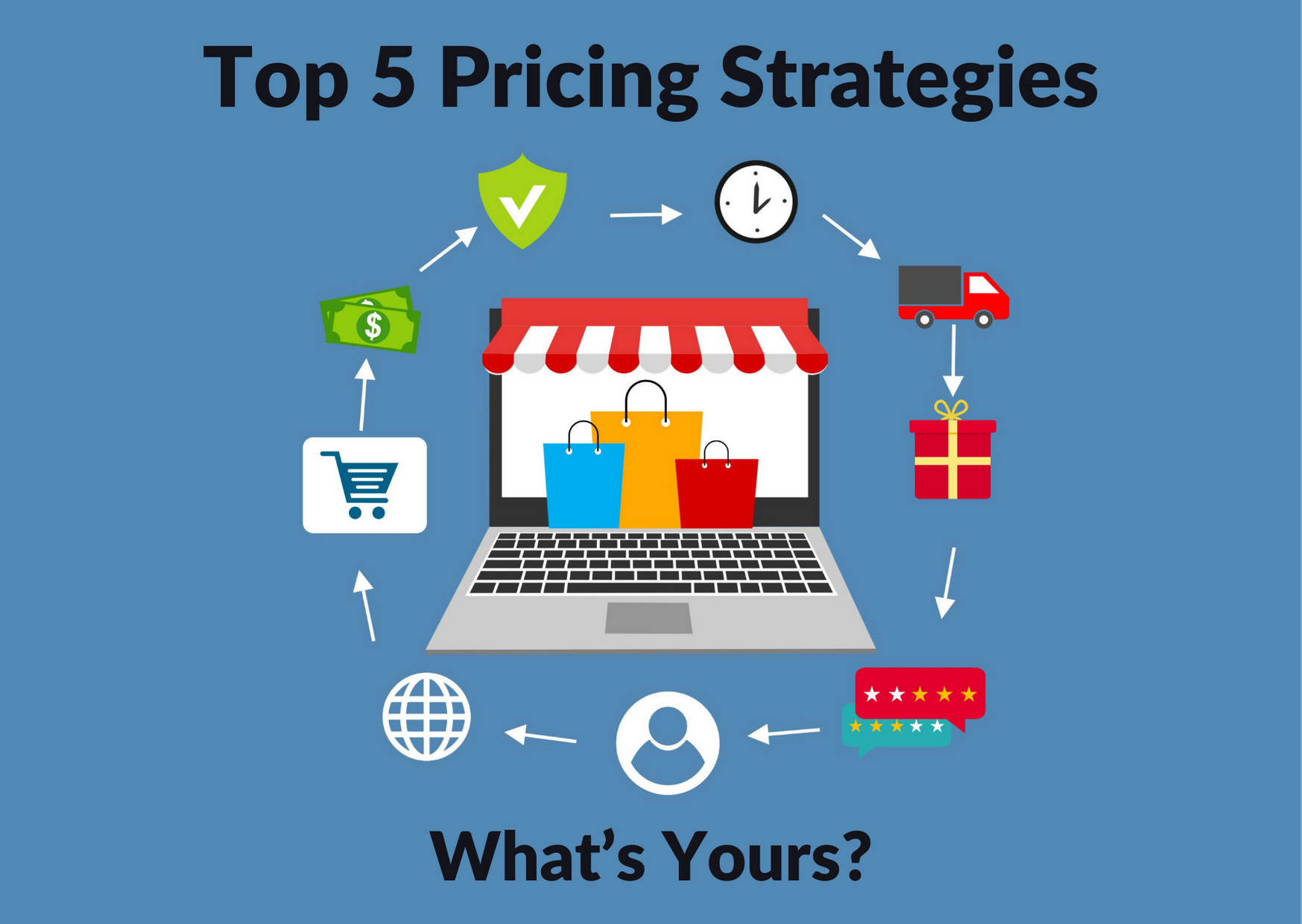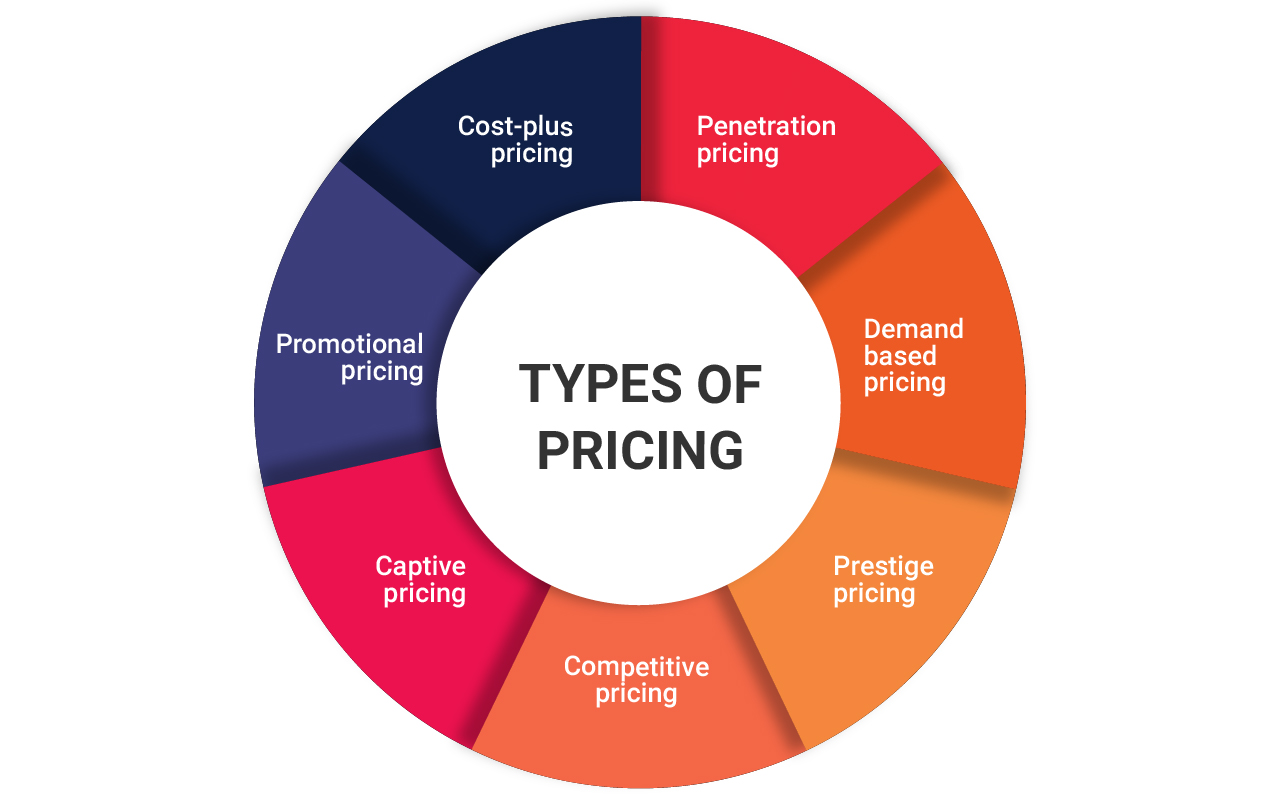Pricing Strategies That Can Skyrocket Your Business Growth
Let’s cut straight to the chase, pricing is not just about slapping a number on your product or service. It’s a game-changing lever that can make or break your business. Whether you’re a startup trying to find your footing or an established brand looking to scale, getting your pricing strategy right is crucial. Think of it as the silent salesman that speaks volumes about your value proposition.
In today’s ultra-competitive market, pricing has become a battlefield where businesses fight for every cent. But here’s the kicker—it’s not just about undercutting your competitors. It’s about understanding your customers, knowing your costs, and delivering value that resonates with your audience. This is why pricing is both an art and a science.
Now, before we dive deep into the nitty-gritty, let’s get one thing straight. Pricing isn’t just a number. It’s a reflection of your brand, your promise, and your commitment to delivering exceptional value. So, whether you’re tweaking your current pricing model or starting from scratch, this guide will give you the tools you need to ace it.
- Why Hdmovie2 Is Your Ultimate Destination For Movie Buffs
- Manwha18 The Ultimate Guide To Exploring The World Of Adult Manwha
Understanding the Basics of Pricing
Alright, buckle up because we’re about to break down the fundamentals of pricing. Think of pricing as the backbone of your business. It’s the foundation that supports your revenue streams and helps you achieve your financial goals. But how do you even begin to set prices that work for your business? Let’s explore some key concepts:
What Exactly Is Pricing?
Pricing is the process of determining how much you’ll charge for your product or service. But it’s more than just a dollar sign. It’s about balancing profitability with customer satisfaction. The goal is to set prices that cover your costs, generate profits, and keep your customers happy. Sounds simple, right? Not so fast.
- Pricing affects demand: If your prices are too high, customers might walk away. If they’re too low, you might leave money on the table.
- Pricing reflects value: Your price communicates what your product or service is worth in the eyes of your customers.
- Pricing drives revenue: The right pricing strategy can boost your bottom line and fuel business growth.
Types of Pricing Models
Not all businesses use the same pricing strategy. Here’s where things get interesting. There are different pricing models out there, each tailored to specific industries and business goals. Let’s take a look at some of the most common ones:
- D2l Arizona Your Ultimate Guide To Learning Redefined
- Onlyjerk The Ultimate Guide To The Platform Revolutionizing Content Creation
- Cost-plus pricing: Add a markup to your costs to determine your selling price. Simple and straightforward, but not always the most effective.
- Value-based pricing: Set prices based on the perceived value of your product or service to the customer. This one’s a bit trickier but can lead to higher profits.
- Dynamic pricing: Adjust prices in real-time based on market conditions, demand, and other factors. Think airlines and hotels.
The Importance of Pricing in Business
Now that we’ve covered the basics, let’s talk about why pricing is such a big deal. Pricing isn’t just a number on a tag—it’s a powerful tool that can shape the success of your business. Here’s why:
Driving Revenue Growth
Revenue is the lifeblood of any business, and pricing plays a critical role in driving it. By setting the right prices, you can increase your sales volume, improve profit margins, and achieve sustainable growth. But here’s the thing—pricing needs to align with your business goals. Are you aiming for market penetration or premium positioning? Your pricing strategy should reflect that.
Building Customer Trust
Let’s face it—customers are skeptical. They want to know they’re getting a fair deal. Transparent and fair pricing can build trust and loyalty, which is crucial in today’s competitive landscape. On the flip side, inconsistent or misleading pricing can damage your reputation and drive customers away.
Competitive Advantage
In a crowded market, pricing can be your secret weapon. By understanding your competitors’ pricing strategies and positioning yourself accordingly, you can gain a competitive edge. Whether you choose to undercut or differentiate, the key is to offer value that resonates with your target audience.
Key Factors That Influence Pricing Decisions
Setting prices isn’t as simple as pulling numbers out of thin air. There are several factors that influence pricing decisions, and understanding them is crucial. Let’s break it down:
Cost Structure
Your costs are the foundation of your pricing strategy. You need to cover your expenses and make a profit. But here’s the catch—costs can vary widely depending on your industry and business model. Fixed costs, variable costs, and overhead expenses all play a role in determining your pricing.
Market Demand
Supply and demand are economics 101, but they’re still relevant when it comes to pricing. If there’s high demand for your product or service, you might be able to charge more. Conversely, if demand is low, you may need to adjust your prices to stay competitive.
Customer Perception
Let’s talk psychology for a moment. Customers don’t just see prices—they perceive value. If your product or service is perceived as high-quality or exclusive, you can command higher prices. On the other hand, if it’s seen as a commodity, you’ll need to compete on price.
Common Pricing Mistakes to Avoid
Even the best-laid plans can go awry if you’re not careful. Here are some common pricing mistakes that businesses make and how to avoid them:
Underpricing Your Products
It might seem like a good idea to keep prices low to attract customers, but underpricing can hurt your business in the long run. If your prices are too low, you might not be covering your costs or leaving money on the table. Plus, customers might perceive your product as low-quality.
Ignoring Market Trends
Sticking to the same pricing strategy year after year without considering market trends is a recipe for disaster. Markets evolve, and so should your pricing. Keep an eye on what your competitors are doing and adjust accordingly.
Overcomplicating Your Pricing Model
Complex pricing models might seem sophisticated, but they can confuse customers and make it harder for them to make a purchase decision. Simplicity is key. Make sure your pricing is easy to understand and transparent.
Advanced Pricing Strategies for Growth
Now that we’ve covered the basics and common pitfalls, let’s talk about some advanced pricing strategies that can help you grow your business:
Bundling and Discounts
Bundling products or services together and offering discounts can be a powerful way to increase sales. Customers love a good deal, and bundling can make your offerings more attractive. Just make sure the discounts don’t eat into your profits.
Tiered Pricing
Tiered pricing allows you to offer different levels of service or product features at varying price points. This approach appeals to a broader audience and gives customers the flexibility to choose what works best for them.
Psychological Pricing
Psychological pricing is all about playing mind games with your customers. For example, pricing products at $9.99 instead of $10.00 can make a big difference in perceived value. It’s a subtle but effective strategy.
How to Implement a Successful Pricing Strategy
Implementing a pricing strategy isn’t a one-time event—it’s an ongoing process. Here’s how you can make it work for your business:
Conduct Market Research
Before you set prices, do your homework. Understand your target market, analyze your competitors, and gather customer feedback. This will help you make informed decisions about your pricing.
Test and Optimize
Don’t be afraid to experiment with different pricing strategies. A/B testing can help you determine what works best for your business. Keep track of your results and optimize your strategy accordingly.
Communicate Your Value
Finally, make sure you’re communicating your value proposition clearly to your customers. Pricing is just one part of the equation. Customers need to understand why your product or service is worth the price you’re asking.
Conclusion: Mastering the Art of Pricing
In conclusion, pricing is a critical component of your business strategy. By understanding the basics, avoiding common mistakes, and implementing advanced strategies, you can unlock the full potential of your pricing. But here’s the thing—it’s not a one-size-fits-all solution. Every business is unique, and so should be your pricing strategy.
So, what’s next? Take action! Review your current pricing strategy, gather data, and make the necessary adjustments. And don’t forget to share your thoughts in the comments below. Are there any pricing strategies you’d like to explore further? Let’s keep the conversation going!
Table of Contents
- Understanding the Basics of Pricing
- What Exactly Is Pricing?
- Types of Pricing Models
- The Importance of Pricing in Business
- Driving Revenue Growth
- Building Customer Trust
- Competitive Advantage
- Key Factors That Influence Pricing Decisions
- Cost Structure
- Market Demand
- Customer Perception
- Common Pricing Mistakes to Avoid
- Underpricing Your Products
- Ignoring Market Trends
- Overcomplicating Your Pricing Model
- Advanced Pricing Strategies for Growth
- Bundling and Discounts
- Tiered Pricing
- Psychological Pricing
- How to Implement a Successful Pricing Strategy
- Conduct Market Research
- Test and Optimize
- Communicate Your Value

Is Your Pricing Strategy Costing You Customers?

Types of pricing strategy berycook

The Ultimate Guide to Competitive Pricing MetricsCart